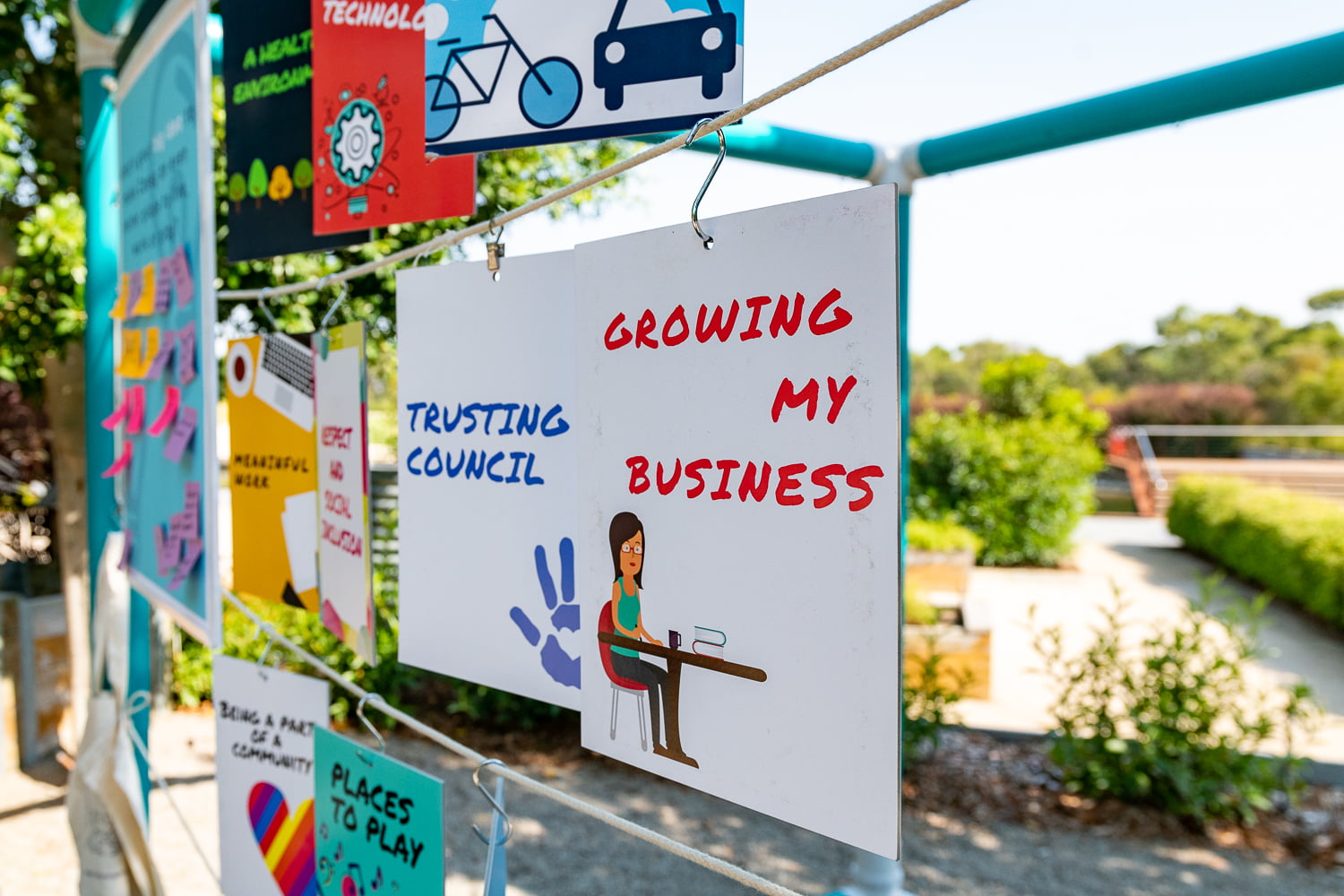Following is what we include within our communications plan. Your communications plan should always align with your overall engagement strategy.
- Purpose of communications: Identify the purpose of communications in your project. It is a quick overview of why communications are needed for your project.
- Communications objectives: The objectives serve as the foundation and will help to anchor your communications strategies. They provide clarity and direction, guiding how information is conveyed and for what purpose. It ensures that messages are relevant, audience-centred, and aligned with the overall project scope and objectives, ultimately enhancing the impact and success of your communications strategies.
- Communications challenges: While we hope for everything to go smoothly, it is important to anticipate potential challenges within your project or community that may affect communications between the project team and stakeholders.
- Evaluation of communications: This is a great way to determine the level of participants’ buy-in against your project benchmarks. This will help to assess whether your communications strategies are effective, measures impact and identifies areas for improvement. E.g. number, type and quality of feedback received.
- Key messages: These are the core messages you want to convey to your stakeholders. These messages encapsulate the essence of your project, and will provide a strategic framework for effective communications. They ensure that your project’s core information is conveyed clearly, concisely and consistently. It will also be used to answer questions from stakeholders or for use in the media.
- FAQs: Develop a list of pre-emptive questions that may be asked as a part of your project. It’s a working list and can be updated as new questions are added.
- Communications tools: With a project usually having a variety of stakeholders, it means that certain communications tools will reach certain stakeholders differently. E.g. Social media is a great way to communicate with the wider community, while emails and the intranet are great at reaching internal stakeholders like local Council members. Identify the mediums, and then identify the tactics, responsibility and timing of each medium. This will help to reach your stakeholders in an efficient, effective and timely manner.
- Communications copy: Develop copy for each medium and run it by your client and/or project team beforehand. This will help to ensure that the tone and messaging of your copy hits the mark.
You may also like to consider a communication budget and a project schedule if you are not using a project management software or have the timing outlined.


